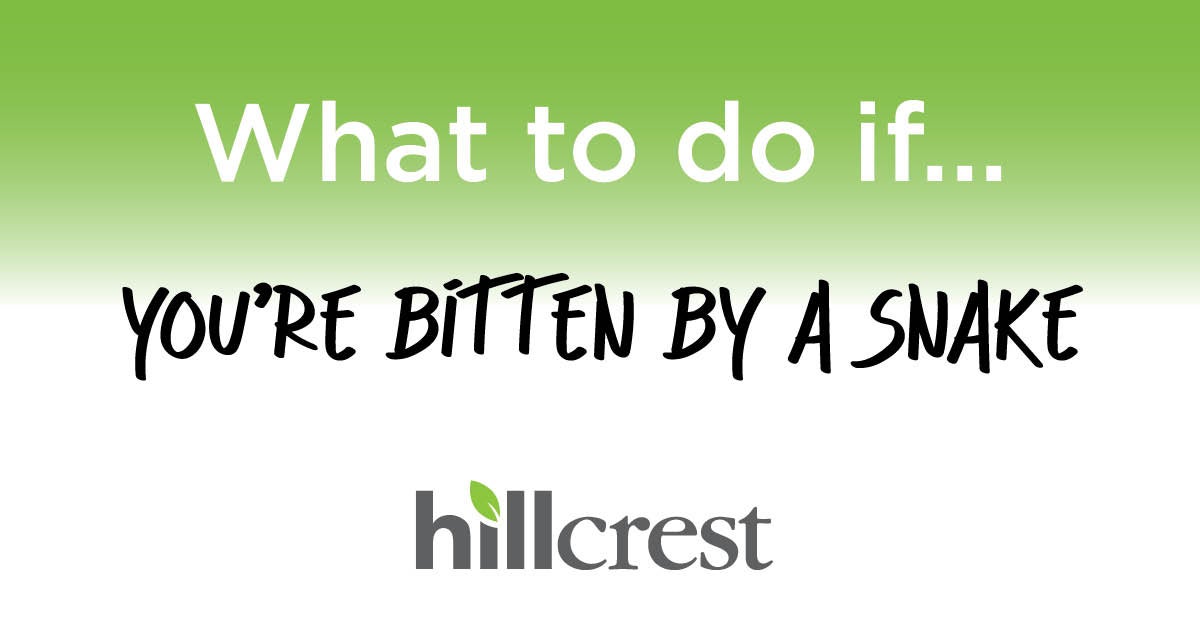
With summer months around the corner, so can be snake bites. Here is what to do, and not to do, if you get a snake bite, according to Bo Burns, D.O. FACEP, who practices at Hillcrest:
What to do:
• Get a safe distance away from the snake after a suspected bite before reevaluating.
• Examine your skin or footwear for bite marks.
• Pain, swelling, bruising, bleeding are signs of a snake bite as is a metallic taste in your mouth.
• If you are bitten, make immediate preparations to get to a hospital. Call 911 or 1-800-222-1222 for a local poison control center.
• Remove any kind of jewelry or tight, constrictive clothing around the infected area because of possible swelling. For example, if bitten on the left hand, take off your wedding band while able.
• If able, clean the wound with soap and water.
What not to do:
• Do not bring the body of the snake to the hospital with you.
• Do not make a tourniquet for immediate assistance if bitten. Boyd said self-made tourniquets can make the bite worse as they typically isolate the venom.
• Do not cut the wound open or attempt to suck out the poison.
• Do not apply ice or electric shock to the area. Neither is effective in recovering from a bite and either could further damage your tissue.
Boyd said snake bites are most common around warm and wet areas, such as lakes, creeks or rivers around Oklahoma, and Oklahomans most commonly encounter bites from copperhead snakes.
Venomous and nonvenomous snakes share many different physical traits. Boyd recommended oksnakes.org, a website established by Tulsa Zoo personnel, as a source to learn more about the different snakes around Oklahoma.
